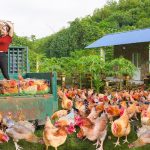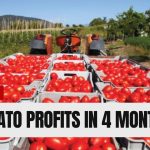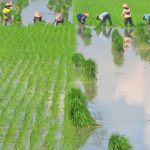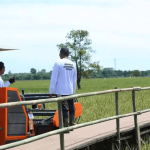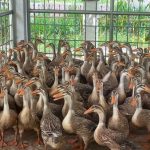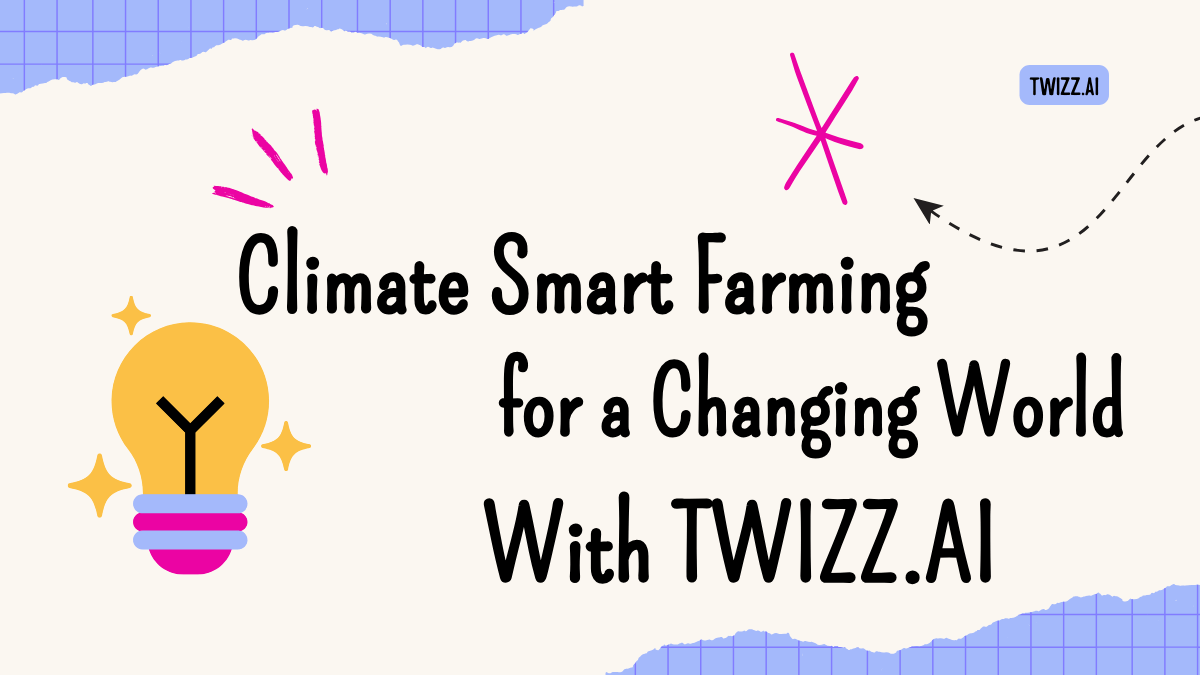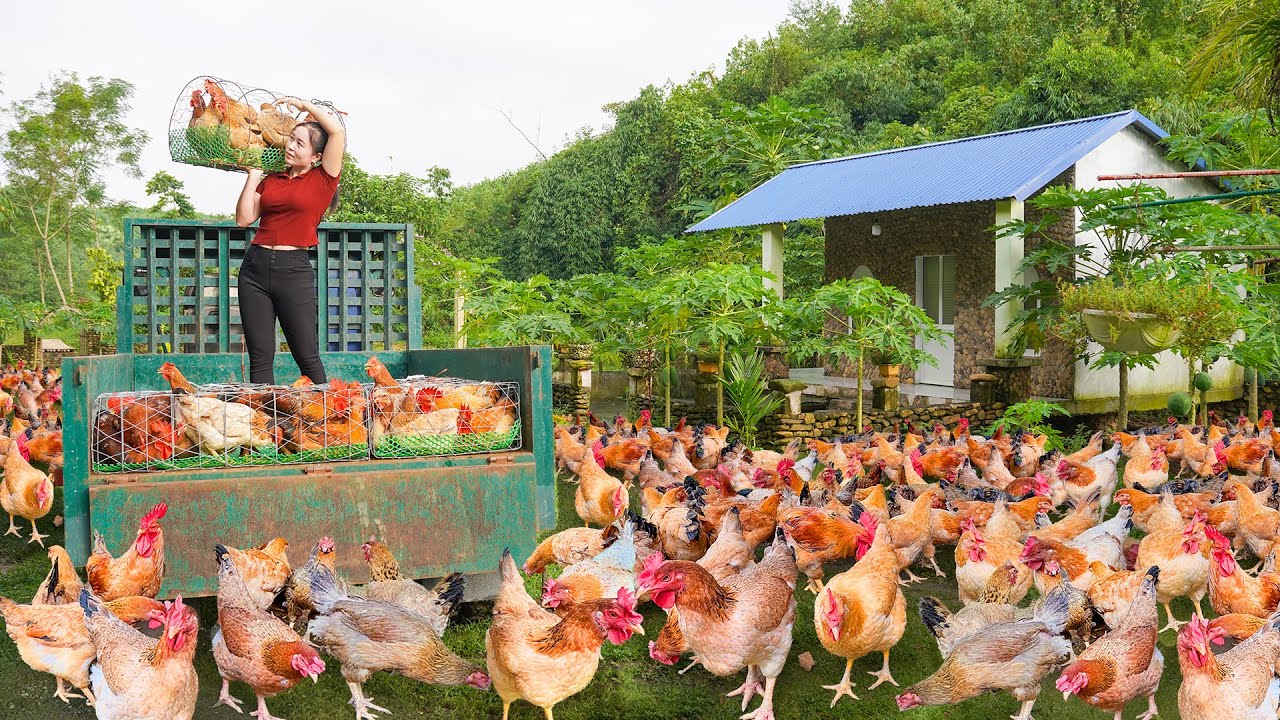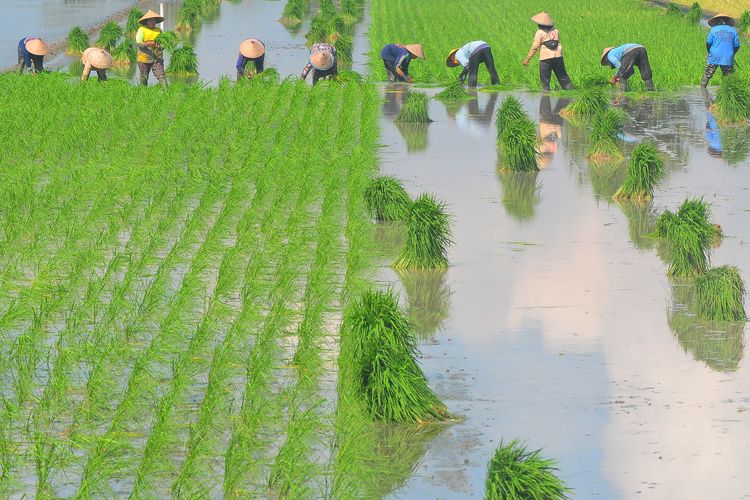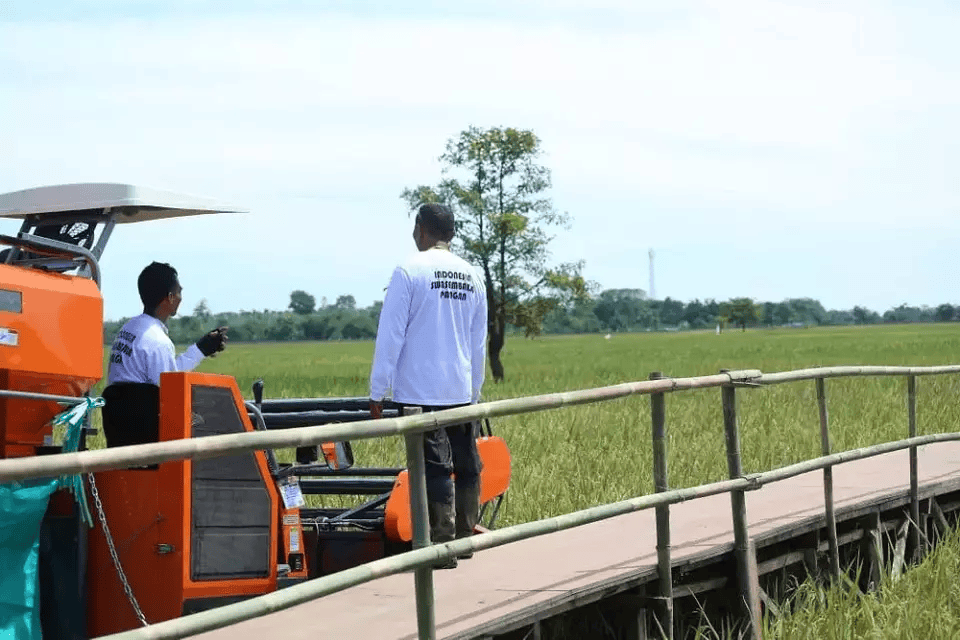Climate-Smart Agriculture Adapting Farming to a Changing World
Principles Guiding Climate-Smart Practices
Climate-Smart Agriculture (CSA) rests on three synergistic pillars
1 Increasing productivity sustainably
2 Enhancing resilience to climatic shocks
3 Reducing or removing greenhouse gas emissions
By integrating these objectives farmers can safeguard yields while nurturing ecosystems. CSA unites traditional knowledge and cutting-edge innovations to forge adaptive agrarian landscapes.
Enhancing Soil Resilience and Carbon Sequestration
Conservation Tillage and Residue Retention
Minimal soil disturbance preserves aggregate structure and soil biota. Leaving crop residues on the surface shields soil from erosion, moderates temperature swings, and gradually contributes organic matter. Over time these practices can augment soil carbon stocks by up to 0.5 metric tons per hectare annually.
Biochar Amendments
Incorporating biochar derived from pyrolyzed biomass stabilizes carbon for centuries while improving cation exchange capacity. Trials on sandy soils show biochar can boost water-holding capacity by 20 percent and reduce nutrient leaching.
Cover Cropping and Intercropping
Planting cover crops such as forage radish, clover or millet during fallow periods maintains living roots, feeds microbial networks, and scavenge residual nutrients. Intercropping deep-rooted and shallow-rooted species optimizes nutrient uptake and enhances system stability under drought stress.
Precision Water Management
Sensor Driven Irrigation Scheduling
Soil moisture sensors placed at critical depths relay volumetric water content data. When integrated with weather forecasts, these readings trigger drip or sprinkler events only when soil water matric potential drops below crop-specific thresholds, saving up to 40 percent of irrigation water.
Managed Aquifer Recharge
During periods of surplus rainfall, capturing runoff in infiltration basins replenishes groundwater tables. Later this stored water can be pumped for supplemental irrigation, buffering crops against erratic rainfall patterns.
Microirrigation Technologies
Low-flow drip and subsurface drip lines deliver water directly to the root zone with up to 95 percent efficiency. Coupled with pressure regulators and flow meters, farmers can fine-tune application rates by field zone, reducing runoff and salinization risks.
Diversified Cropping Systems for Risk Mitigation
Polycultures and Agroforestry
Mixed plantings of cereals, legumes and perennials mimic natural ecosystems, spreading risk across species. Alley cropping integrates rows of trees with annual crops, providing shade, windbreaks and deep-rooted nutrient cycling feeders.
Crop Rotation and Fallow Optimization
Rotating crops with different nutrient demands and pest profiles interrupts pest lifecycles, reduces disease pressure and balances soil fertility. Strategic fallows with nitrogen-fixing legumes can replenish nitrogen without synthetic inputs.
Seed Diversity and Landrace Utilization
Cultivating heirloom and locally adapted varieties with genetic resilience to heat, salinity or drought strengthens system resilience. Landrace mixtures reduce uniform vulnerability to a single climatic extreme.
Innovative Technologies for Climate Adaptation
Remote Sensing and UAV Surveillance
Drones equipped with multispectral and thermal cameras map crop stress, water deficits and pest hotspots at sub-meter resolution. By overlaying these data onto geospatial management platforms, farmers deploy targeted interventions rather than blanket treatments.
IoT Sensor Networks and Edge Computing
LoRaWAN or NB-IoT sensor arrays monitor soil moisture, temperature, humidity and even soil oxygen levels. Edge gateways preprocess data, running anomaly detection algorithms that trigger localized irrigation or foliar sprays without cloud dependence.
Artificial Intelligence Decision Support
Machine learning models trained on historical yield, weather and soil data deliver bespoke recommendations for planting dates, variety selection and input timing. Continuous model retraining with new season data refines accuracy under changing conditions.
Integrating Livestock for Ecosystem Services
Adaptive Multi-Paddock Grazing
Short-duration high-density grazing followed by extended rest periods mimics wildebeest migrations, distributing manure evenly and stimulating deep tillering in pasture plants. This practice can increase soil carbon sequestration by 0.3 metric tons per hectare each year.
Silvopasture Systems
Combining forestry with grazing livestock offers multiple revenue streams timber, fruit, fodder and microclimate moderation. Tree canopies reduce heat stress on animals and crops, while root systems improve water infiltration.
Manure Management and Biogas Production
Anaerobic digesters convert animal waste into biogas for farm energy needs and produce nutrient-rich digestate as a low-odor fertilizer. This closed-loop approach reduces methane emissions and external energy dependence.
Policy Instruments and Financial Mechanisms
Carbon Credit and Ecosystem Service Markets
By quantifying soil carbon gains and emission reductions, farmers can sell verified carbon credits on voluntary or compliance markets. Additional funding streams arise from biodiversity credits and water-quality trading schemes.
Climate-Risk Insurance and Index-Based Products
Parametric insurance pays out based on weather indices rainfall deficits or heatwave duration rather than farm-level damage assessments. This rapid payout model helps farmers recover swiftly from extreme events.
Subsidies and Public-Private Partnerships
Targeted subsidies for CSA technologies such as solar pumps or precision planters lower adoption barriers. Collaboration between governments, agritech firms and research institutions accelerates innovation diffusion.
Narrating a Farmer’s Journey
In the Sahel of West Africa, smallholder farmer Amina Hassan faced crop failures due to erratic rains. Through a CSA pilot she adopted zai pits small soil basins that capture run-off and interplanted sorghum with pigeon pea. With a basic rain gauge and smartphone alerts she timed planting to onset of rains. Within two seasons her yields doubled, and deep soil moisture persisted into dry months, enabling a second cowpea cash crop.
Tips and Tricks for CSA Implementation
1 Start with a Soil Health Audit using bulk density tests, organic matter assays and infiltration rates to identify priority interventions
2 Leverage Low-Cost Sensors combine manual tensiometers with open-source IoT nodes for hybrid water monitoring
3 Build Community Demonstration Plots to share successes and reduce skepticism among peers
4 Sequence Interventions avoid simultaneous adoption of multiple new practices; introduce cover crops first, then irrigation upgrades, then data systems
5 Document Impacts diligently through before-and-after yield records, rainfall logs and carbon sequestration estimates
6 Seek Mentorship from regional CSA hubs or agroecology networks for technical guidance and peer support
Overcoming Barriers to Adoption
Knowledge Gaps and Extension Services
Traditional extension models may lack CSA expertise. Investing in farmer-trainers who combine local languages with technical acumen bridges this divide. Digital learning platforms with offline modules can supplement in-field coaching.
Cash Flow Constraints
Many CSA practices require initial capital biochar kilns, sensor arrays, drip lines. Microcredit schemes and pay-for-performance contracts spread costs over harvest seasons, aligning payment with realized benefits.
Cultural and Institutional Resistance
Shifting entrenched practices can face resistance. Framing CSA as climate insurance and demonstrating rapid benefits like reduced weeding from mulches helps garner buy-in. Policy incentives and peer testimonials reinforce momentum.
Future Directions and Research Frontiers
Next-Generation Biofertilizers
Harnessing microbial consortia that solubilize phosphorus, fix nitrogen or produce plant-growth hormones can reduce synthetic fertilizer reliance. Genome-informed selection accelerates development of bespoke inoculants for local soils.
Digital Twins of Agroecosystems
High-resolution virtual replicas updated in real time by IoT streams will allow farmers and researchers to simulate management scenarios drought, pest outbreak, market fluctuation before applying costly field changes.
Climate Forecast Integration
Coupling seasonal climate forecasts with crop simulation models enables anticipatory adjustments variety choice, sowing window shifts and preemptive soil moisture conservation thus reducing yield variability.
Conclusion
Climate-Smart Agriculture transcends mere adaptation; it forges regenerative, resilient agrarian systems that simultaneously nourish people and the planet. By weaving together soil stewardship, water innovation, diversified cropping, technological intelligence and enabling policies, CSA offers a pathway to sustain productivity in an era of climatic upheaval. Expert practitioners who embrace its interdisciplinary tenets will lead agriculture into a future defined by harmony between cultivation and conservation.
